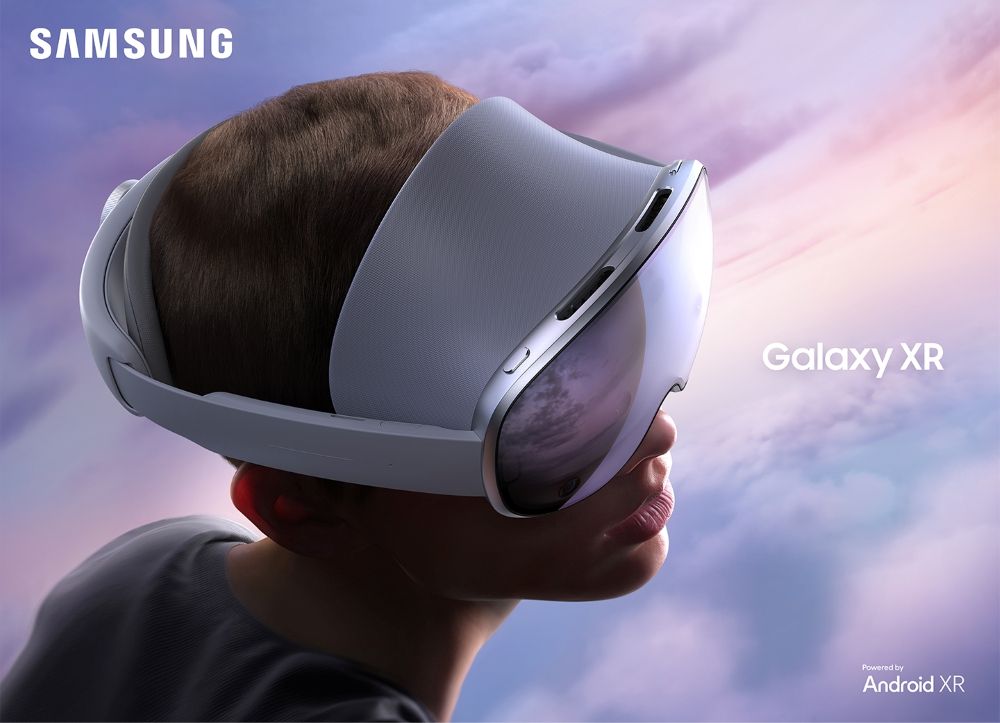Samsung just dropped its biggest XR play yet. The Galaxy XR headset, unveiled yesterday, marks the first consumer device built on Google's new Android XR platform - a collaboration with Qualcomm that positions AI as the core experience rather than an add-on feature. This isn't just another VR headset; it's Samsung's bet that context-aware AI will redefine how we interact with extended reality.
Samsung isn't playing catch-up in extended reality anymore. The company's Galaxy XR headset, officially unveiled during yesterday's livestream event, represents a fundamental shift in how tech giants are approaching immersive computing - with AI taking center stage rather than being relegated to supporting features.
Built on the newly launched Android XR platform - a joint effort between Google and Qualcomm - the Galaxy XR positions multimodal AI as the primary interface. Users interact with Gemini as a persistent companion that understands context across applications, from providing personalized navigation suggestions in Google Maps to offering real-time gaming coaching and creative insights.
The timing couldn't be more strategic. While Meta doubles down on social VR experiences and Apple focuses on premium productivity use cases with Vision Pro, Samsung's approach democratizes AI-powered XR through Google's ecosystem integration. The Android XR foundation means developers can leverage familiar tools while tapping into Google's AI infrastructure.
"Galaxy XR opens entirely new possibilities for AI-native devices, enabling full immersion that intelligently responds to users with contextual understanding," Samsung stated in official materials. But the real breakthrough isn't the marketing speak - it's the seamless integration of Circle to Search functionality, allowing users to point at real-world objects and receive instant AI-powered information through the headset's pass-through cameras.
The hardware specs tell their own story about Samsung's ambitions. The 4K display delivers crisp visuals that support everything from Netflix binge-watching to simultaneous multi-game viewing for sports fans. Content creators get access to Adobe Pulsar for spatial video editing, transforming traditional 2D workflows into immersive 3D environments.
What sets Galaxy XR apart from competitors is its approach to memory and media. The headset can spatialize existing 2D photos and videos into 3D experiences, breathing new life into personal content libraries. This feature alone could drive adoption among consumers hesitant about creating entirely new content ecosystems.

